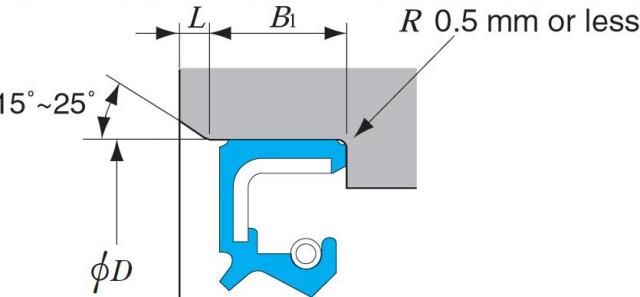...
2025-08-14 19:01
2235
Another important aspect of bolt structure is the threading. The threading of a bolt refers to the grooves that wrap around the shank of the bolt. The threads on a bolt are what allow it to be screwed into a nut or a threaded hole in a material. The pitch, or distance between each thread, can vary depending on the application of the bolt. Coarse threads are better suited for applications where quick assembly is required, while fine threads are used for applications that require higher strength and precision
...
2025-08-14 18:38
431
...
2025-08-14 18:20
692
...
2025-08-14 18:13
493
...
2025-08-14 18:10
1306
...
2025-08-14 17:41
528
...
2025-08-14 17:27
1384
...
2025-08-14 17:12
2171
...
2025-08-14 17:12
1556
...
2025-08-14 16:55
2695



